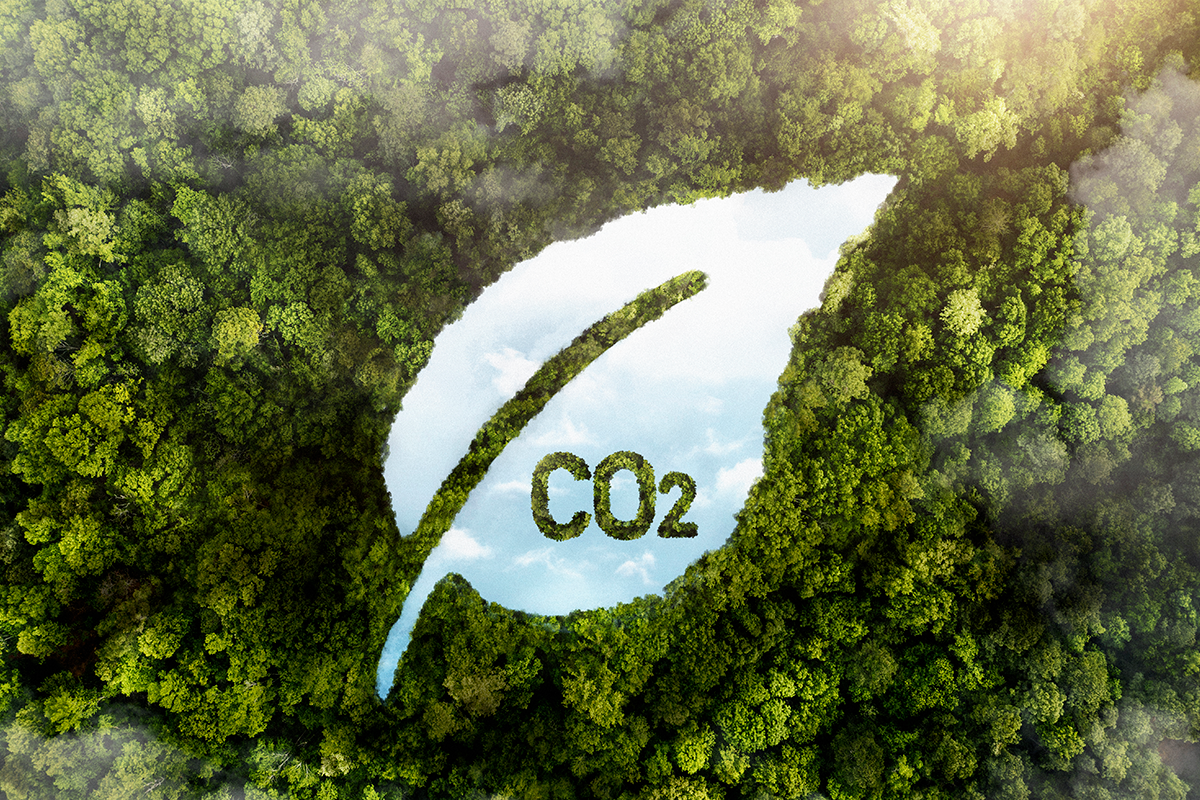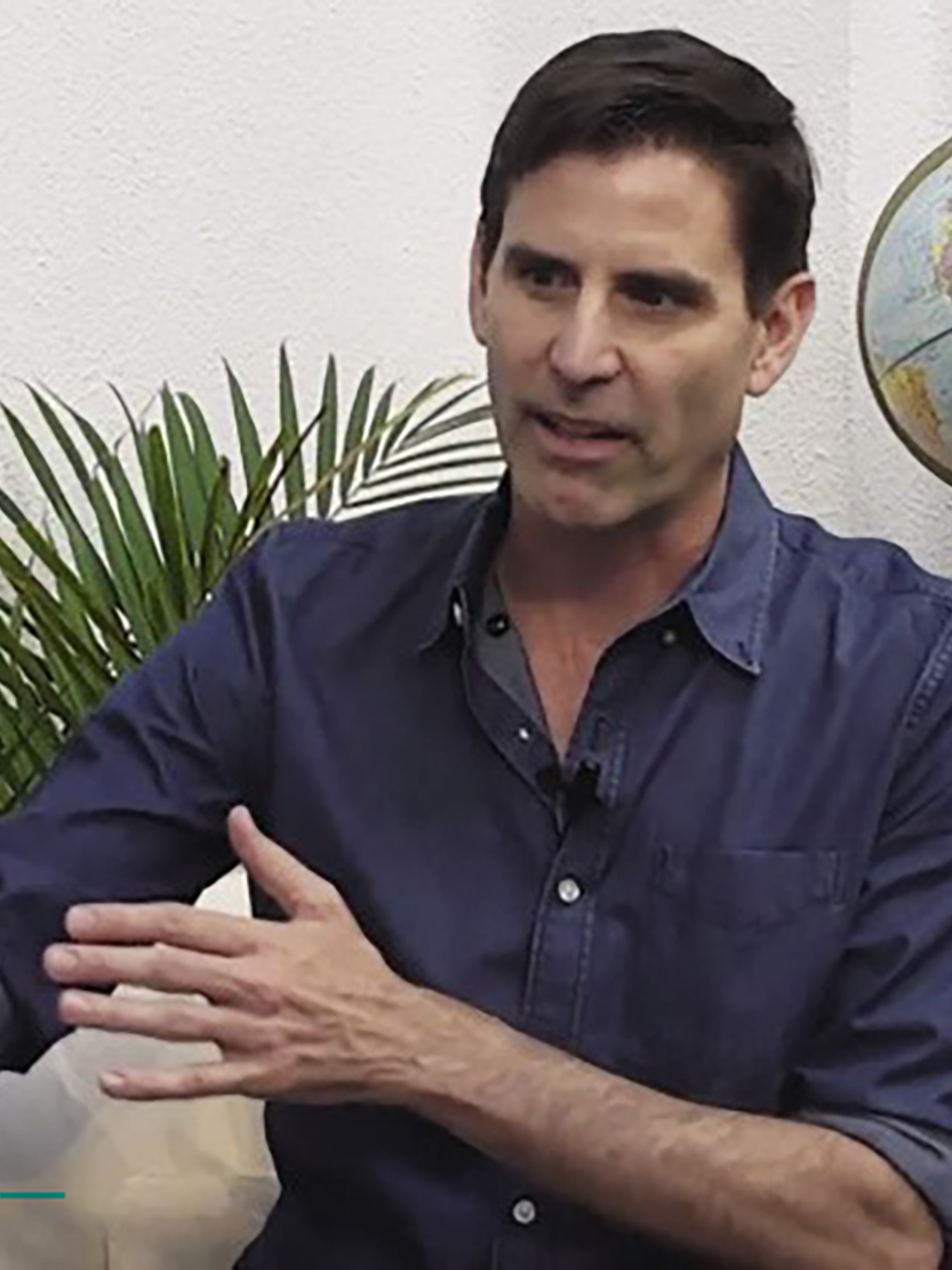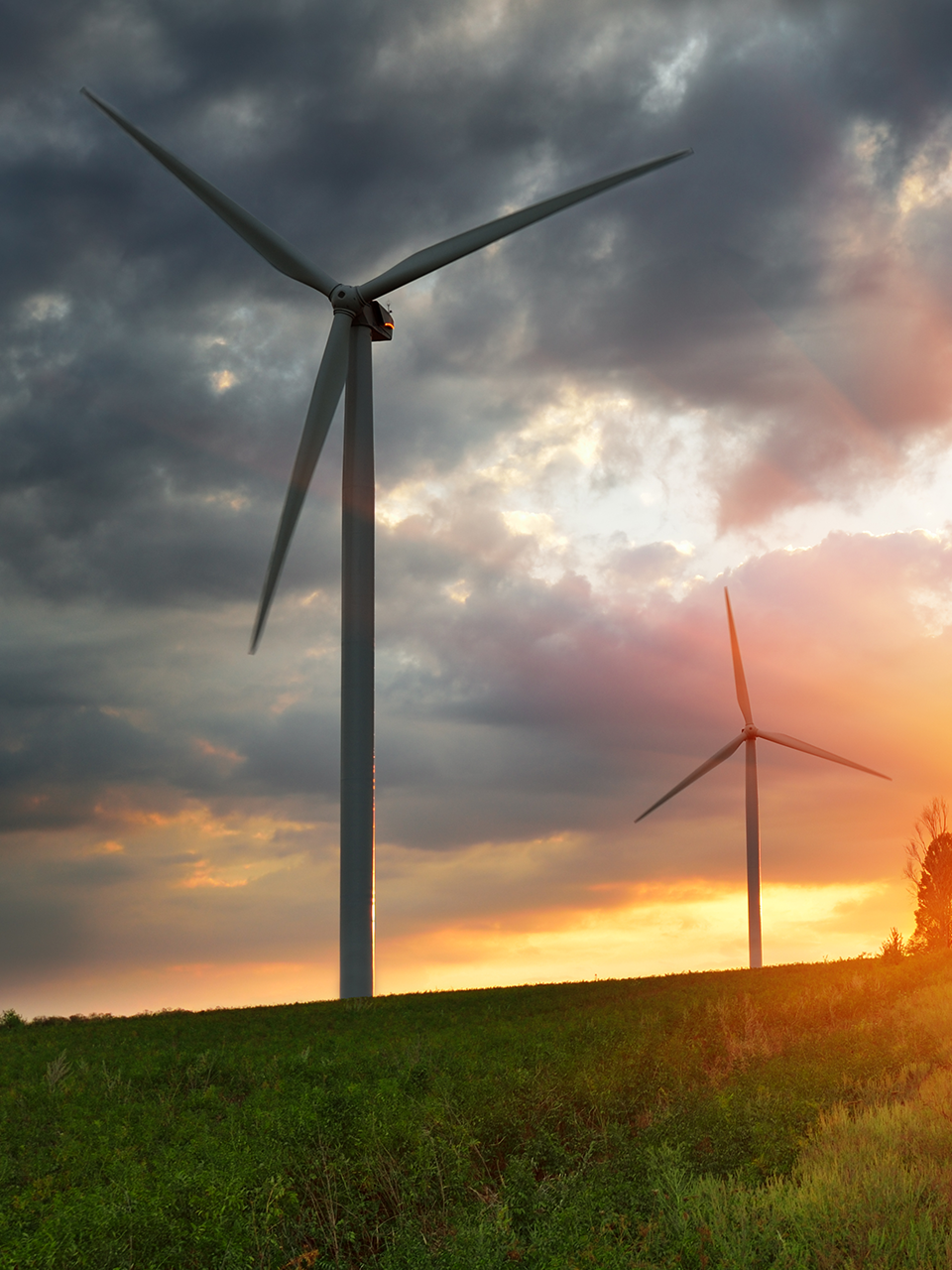An interview with Mark Jacobson: No more combustion
Professor Mark Jacobson explains why we need to switch to electric energy to effectively eliminate CO2 and air pollutants.

Professor Mark Jacobson, the renowned Stanford University academic, has a compelling and ambitious proposal: the world can get 100% of its energy from renewable sources. With our firm focus on sustainability, we wanted to find out more about Professor Jacobson’s views on the need to switch to clean, renewable sources of energy.
Here’s a short, but insightful interview with this brilliant advocate for our environment.
How important is the switch to electricity as our energy source in our journey towards net zero?
My goal has been to eliminate air pollution, global warming, and energy insecurity simultaneously. The best way to do that, in my mind is to electrify as much as possible then to provide the electricity from clean, renewable sources.
The main energy sectors are electricity, transport, buildings, and industry. Thus, we need to transition vehicles to battery-electric and hydrogen fuel cell vehicles.


For buildings, we need to use electric heat pumps for air and water heating and air conditioning and well as clothes drying; we also need to use electric induction cooktops, more insulation, and more efficient electric appliances and lights, for example.
For industry, we need to go to electric high-temperature machines, such as electric arc furnaces, induction furnaces, and resistance furnaces, for example, and firebricks for high-temperature heat storage. Clean, renewable electricity includes solar, wind, geothermal, and hydro electricity, for example. These are referred to as wind-water-solar (WWS) technologies.
Already, we see examples around the world where countries and large regions run on 100% WWS for a period, or for a long time. There are, in fact, seven countries running on 99.8-100% WWS electricity in the annual average and 47 countries running on 50-100% WWS.

What role do you see heat pumps playing in the drive for sustainability?
Electric heat pumps are essential in a 100% wind-water-solar world, not only to provide cooling and low-temperature heating for buildings (e.g., for air and water heating and clothes drying), but also to provide low-temperature heating for industry and for district heating systems.
Heat pumps are amazing because they use around one-fourth the energy as fossil gas to provide the same heat. The reason is that heat pumps don't create heat as fossil gas does. Instead, they move heat from one place to another.
As a result, they use much less energy. Because they use so little energy, they save consumers huge amounts of money over their lifetimes, especially when the electricity they run on is from the same rooftop that the heat pump resides in.
What can the individual homeowner do to play their part?
Individual homeowners can help in a transition not only by electrifying their home, then using efficient electrical appliances and machines, but also by adding insulation, weatherstripping, and LED instead of incandescent light bulbs. Such efficient appliances include electric heat pumps, electric induction cooktops, and energy-efficient refrigerators, for example. Switching to an electric vehicle is also a giant step.
Of course, if possible, adding solar PV to the rooftop of their dwelling can reduce costs even more because rooftop PV electricity is now usually much less expensive than grid electricity, especially during peak electricity usage times.
Further reading:
No Miracles Needed: How Today’s Technology Can Save Our Climate and Clean Our Air by Mark Z Jacobson is published by Cambridge University Press, £11.99.


